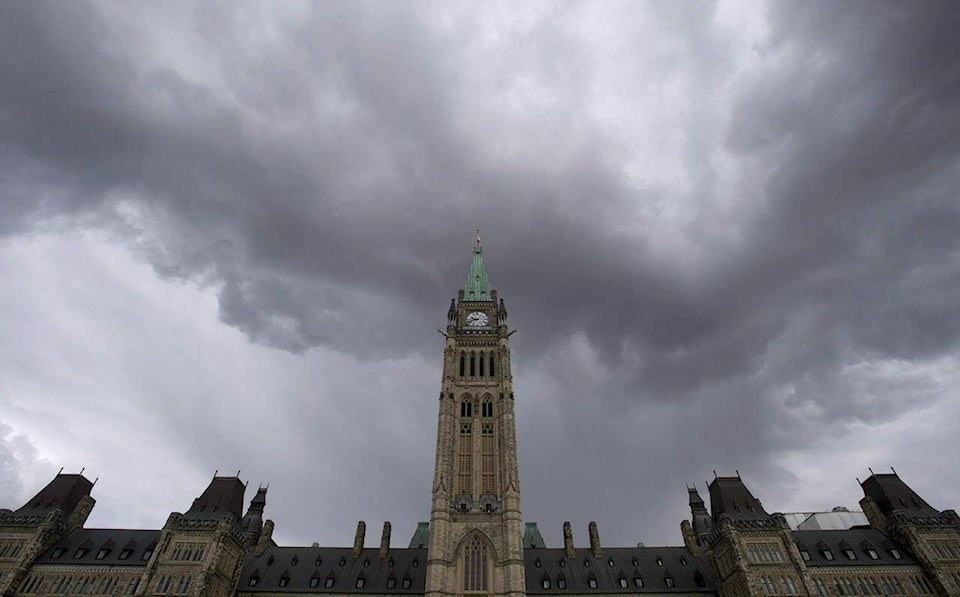~BW Uzelman
The federal government has made several changes to the immigration system in 2023. Some changes are positive; some are not. Unchanged is the government’s drive to amply raise immigration levels.
Immigration, contrary to the opinions of some economic analysts, little impacts personal income growth. Even the federal government, which touts immigration and its benefits, admits, “While there is a slight benefit to GDP growth from immigration, there is no significant impact on GDP per capita.” Immigration, however, is an effective tool to address labour shortages, which have proliferated across multiple sectors of the economy. The usefulness of immigration for this purpose should improve, given positive changes this year to the government’s selection of immigrants.
The old system awarded points based upon the applicant’s education and other general attributes. The new Express Entry system allows Immigration, Refugees and Citizenship Canada to prioritize segments of the economy and applicants who have skills and training in those segments. Those prioritized are those in high demand. In 2022, Sean Fraser, then minister of immigration, said they were tackling “labour shortages, particularly in key sectors like healthcare, construction and transportation.” In 2023, the department added agriculture and science, technology, engineering and mathematics (STEM) workers.
In theory, the changes are solid. The prioritized sectors will be adjusted to demand yearly. But the effectiveness of Express Entry will depend on the government prioritizing the appropriate professions.
A Globe and Mail article revealed that, in 2023, the government allotted an astonishing 29%-32% of total Express Entry positions to STEM immigrants, though a 2020 study showed only 20% of STEM-educated immigrants found employment in a STEM position in Canada. Healthcare workers are in high demand, but have been allotted only 9%-12% of positions, while both transport and agriculture each received 1%-2%. Trades were allotted only 3%-4%, though trades people are urgently needed to help expand housing supply. Ontario alone, says its government, will require 100,000 more construction workers this decade.
In November of 2022, the government announced increased targets of 465,000, 485,000 and 500,000 immigrants (permanent residents) for the years of 2023, 2024 and 2025. In 2022, immigration was at 432,000. Keep in mind that the net increase in non-permanent residents (students and temporary workers) was over 600,000 people, for a total of over 1 million newcomers. Both permanent and non-permanent figures were records in 2022, and the increase of non-permanent residents is likely to remain high in 2023-2025.
It is uncertain exactly how the government arrived at the new targets. What is clear is they were not based on current housing stock or the capacity to expand government services. Housing stock is deficient for Canada’s current population, and thus the cost has been driven above affordable levels for many Canadian citizens and newcomers alike. Similarly, some government services are stretched to the breaking point, particularly health care but also, ironically, immigration services.
The federal government has it backwards. They have not based immigration levels on housing and services available, but rather have first determined immigration targets, and expect somehow the provinces and municipalities will muddle through. That will not work. Some provinces are making serious efforts to expand housing capacity and the provision of healthcare services. Both are simply not adequate now, and will not be soon. If immigration is not eased, housing supply and affordability problems may well escalate, and healthcare availability may continue to deteriorate.
Pierre Poilievre, the CPC leader, recently said he would base immigration targets on the private sector need for employees, charities’ willingness to support refugees and the desire for family reunification. He committed to have housing and health care for newcomers. This is positive, but does it mean he will reduce immigration – he refused to say – or rely on increasing housing and healthcare? He needs to offer details, but unlike the Liberals, he recognizes that we can’t target immigration numbers in isolation.
First, the federal government must determine the availability of housing and services, and how much it can be augmented. Second, it must coordinate the immigration levels with that availability. Neither task will be easy; both will be necessary. Demand for labour may continue to exceed labour force growth, until we can build adequate housing and services capacity to accommodate it.
Expect calls for a temporary reduction in immigration – from provinces, municipalities, experts and citizens – to become more widespread and more urgent. The reduction is unfortunate, particularly so for prospective immigrants. It could have been minimized with better federal government planning.
bruce
Bruce W Uzelman
I attended the University of Saskatchewan in Saskatoon.I obtained a Bachelor of Arts, Advanced with majors in Economics and Political Science in 1982.
I have maintained a healthy interest in politics throughout my adult years, and wish to put that and my research skills to work as a political columnist.
Contact: urbangeneral@shaw.ca
